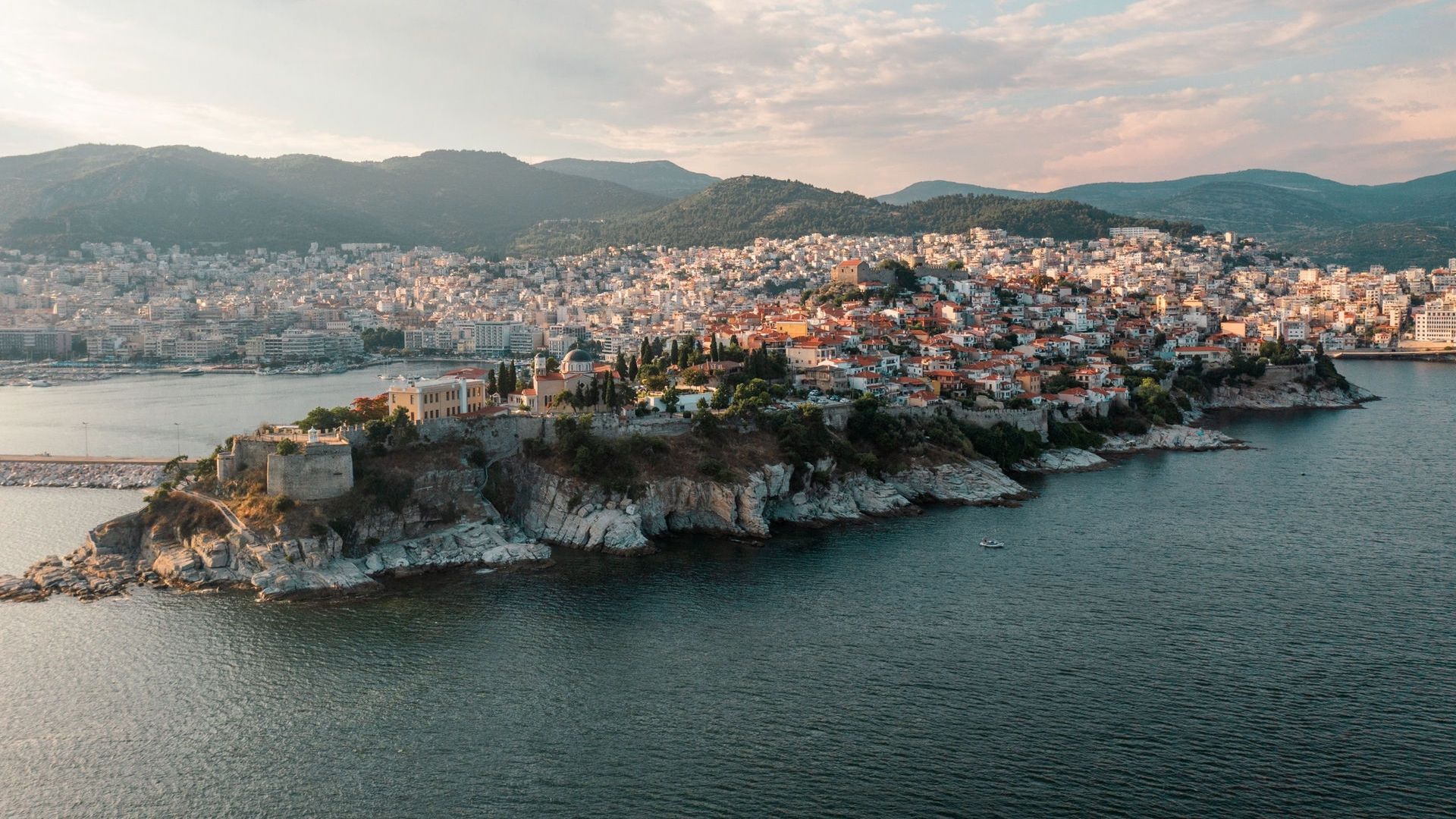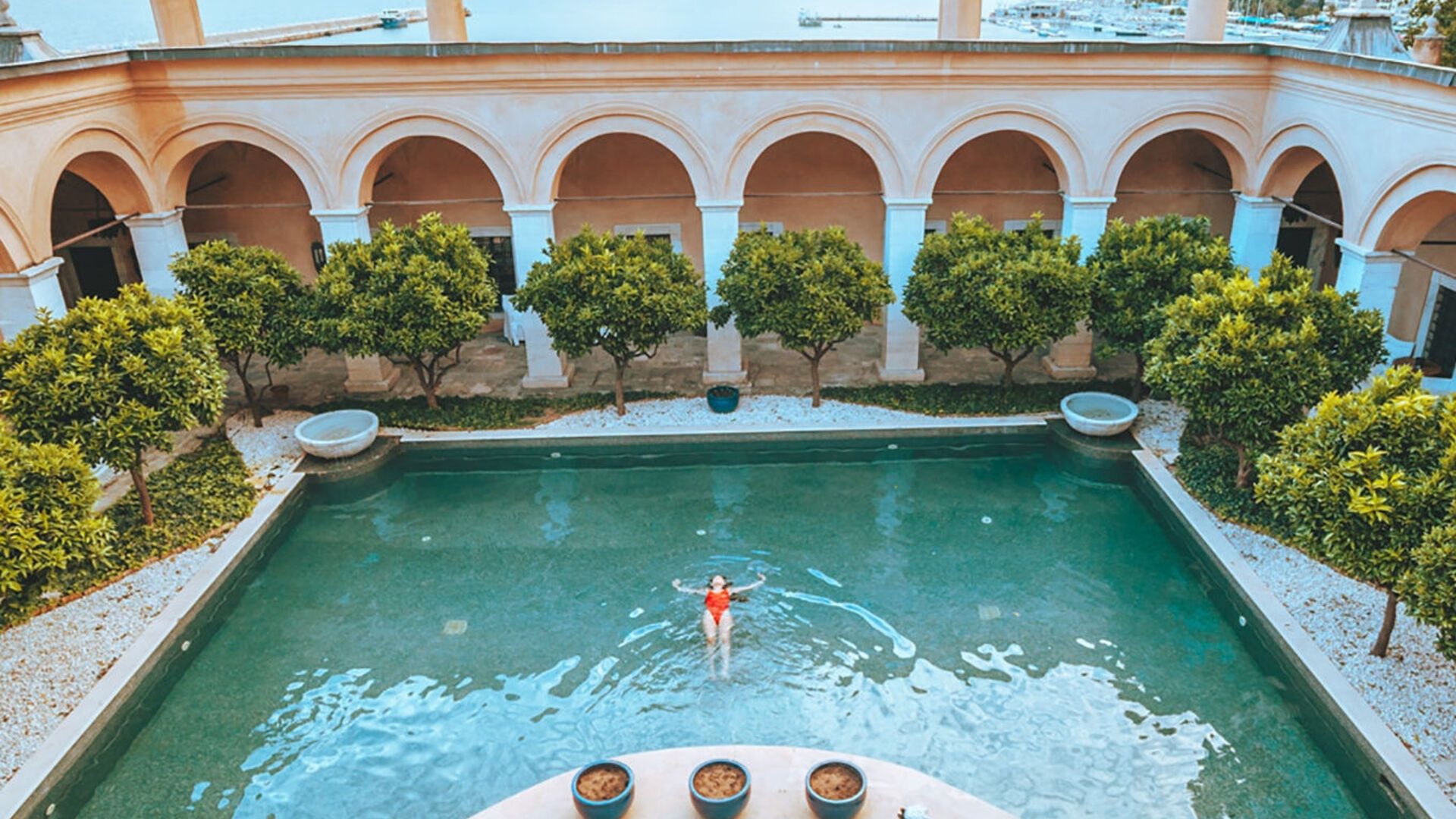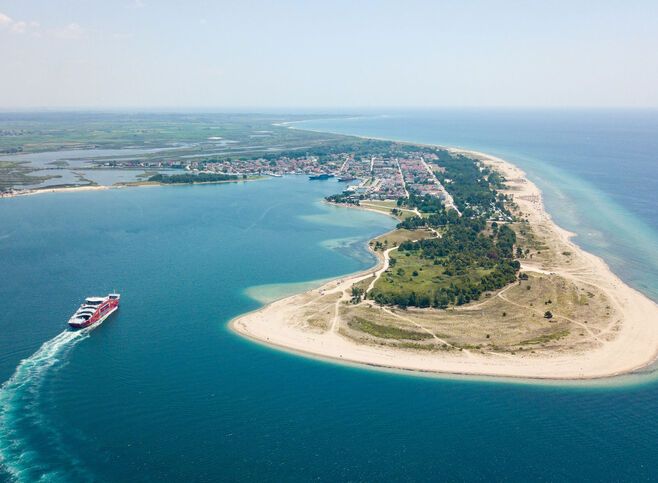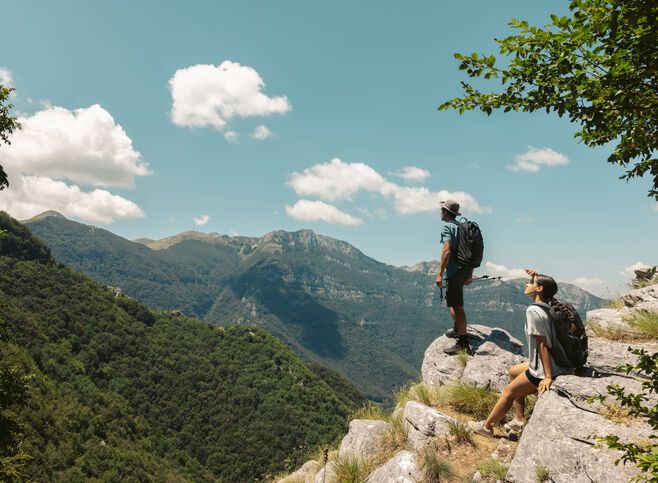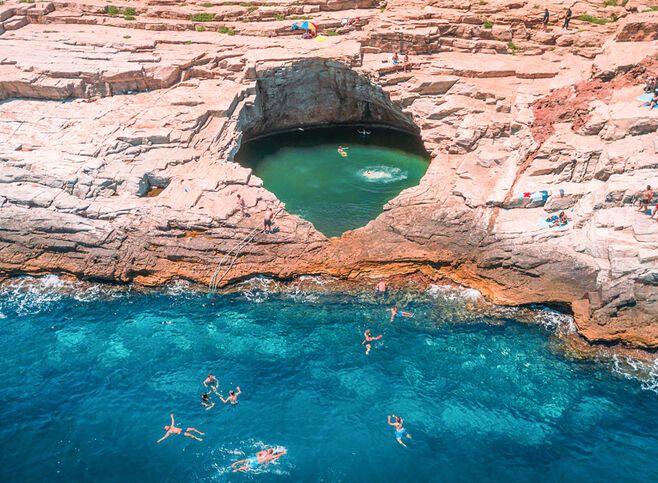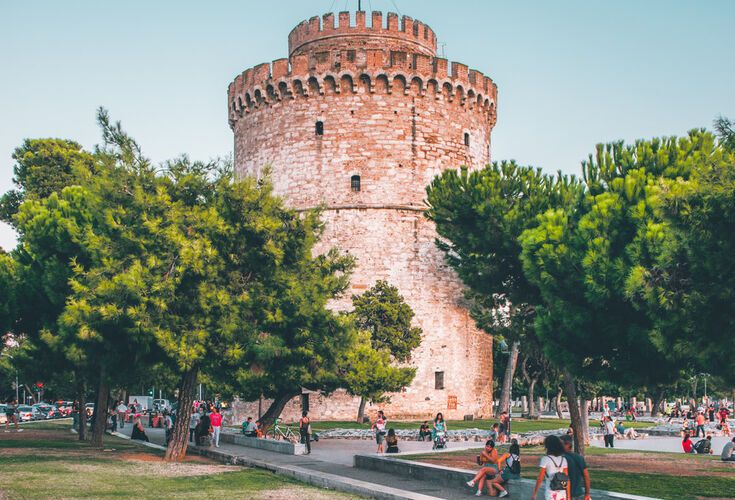- Places to go
- Things to do
- Book your trip
- Get Inspired
- More
- BACK
-
-
Known as the Blue City and as the ‘Mecca of tobacco’, Kavala’s past and present sparkle with the first rays of dawn. You are in a city where for centuries Byzantines, Ottomans, Jews, merchants, tobacco workers, refugees and intellectuals mingled and prospered. Here in Macedonia, the sea-routes encountered the East-West axis, cross-fertilising both.
Kavala’s huge but decorative tobacco warehouses and elegant neoclassical buildings recall the city’s glorious past. Take the open bus up the hill to the Old Town and the Imaret and step back in time. And then enjoy a meal and a drink in the lively centre, under the eye of the city’s castle or around the port. Welcome to Kavala, one of the most atmospheric cities in Greece!
It’s one of Greece’s most important Ottoman monuments. Imaret means ‘poor house’, though it is anything but. The impressive complex of lead-domed structures was built in 1817 by Mohamed Ali as a kulliye, a place for Islamic instruction, on top of an older imaret. A mixture of curved surfaces and spindly chimneys, enclosing three citrus orchards – one with a cistern – it is a magical place. Following centuries of mishaps and neglect, it has been renovated to become a hotel that symbolises a part of the city’s history.
Are you ready for a blast from the past? Panagia, Kavala’s old town, will take you back in time with its castle, acropolis and old lighthouse. There are so many sights and attractions to explore. There’s Mohamed Ali Square (named after the 19th century Ottoman governor of Egypt who was born in Kavala and whose home and statue can be found here), the church of the Virgin, the Hussein Bey mosque, the 17th-century madrassa and Macedonian-style houses in fabulous colours. Every step will reveal new treasures from across the centuries.
The story is too long to fit in a few lines but the view can be captured in a single word: unbelievable. Spread out below you are the old and new town, picturesque bays and the wine-dark Aegean Sea.
These imposing arches are one of Kavala’s trademarks. Originally, they were part of a system that transported water to the rock of Panagia. Measuring 6.4km and uncovered, the aqueduct was constructed not on the principles of communicating vessels but rather on a very precise inclination. It took its present form in the time of Suleiman the Magnificent sometime between 1520 and 1530. Nearly half a millennium later, it is no less impressive.
If you follow the example of the locals, you’ll take a table at the meze-bar in the old shipyard and other similar eateries to dig into the best food in Kavala. Washed down with raki, ouzo or wine, you’ll be served delicious fried red mullet, cod, smoked mackerel, grilled octopus, steamed mussels and fresh clams. Have we whetted your appetite yet?
Scattered around town, the giant tobacco warehouses date from the time Kavala was a tobacco hub. If you’re interested in the history of the city’s tobacco production, visit the excellent Tobacco Museum.
The old neighbourhood of Agios Nikolaos, with its many small shops and kafenia, can be found near Eleftherias Square. You’ll discover the church of Agios Nikolaos here, which was transformed from a mosque into an Orthodox Christian place of worship. Outside the church is a digital presentation of its history and on its southern side is a wonderful memorial to the Apostle Paul.
